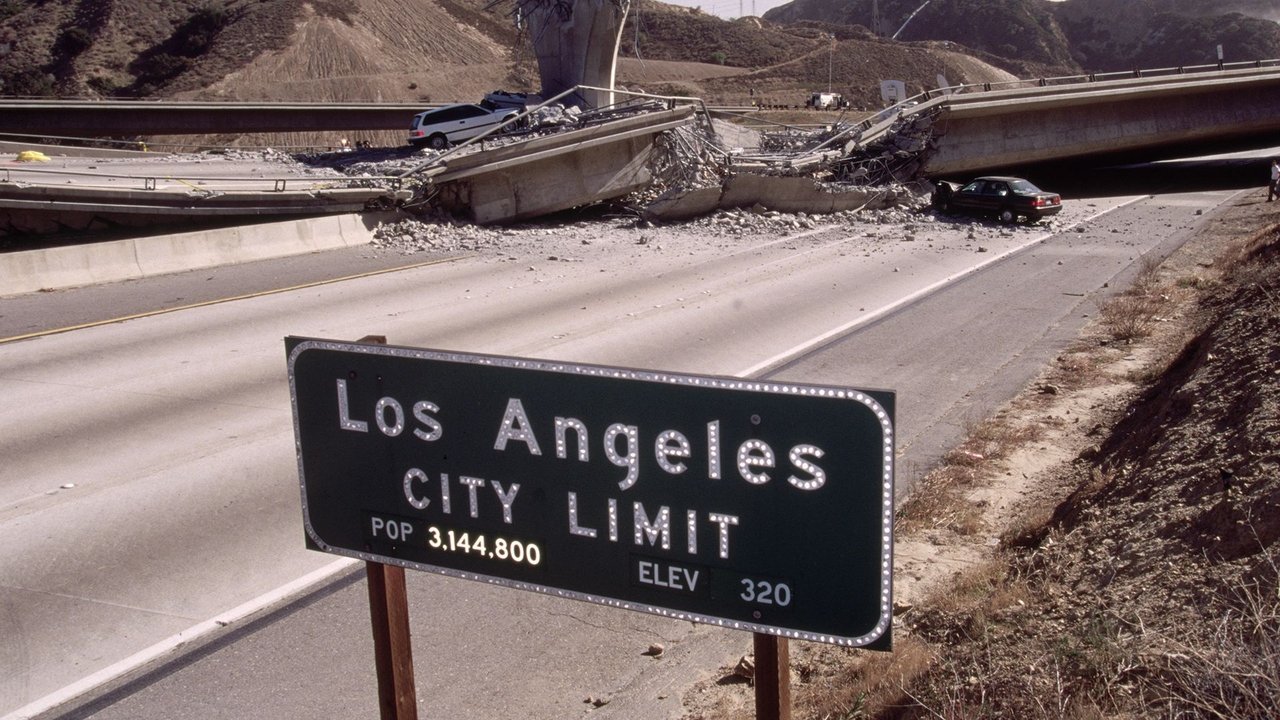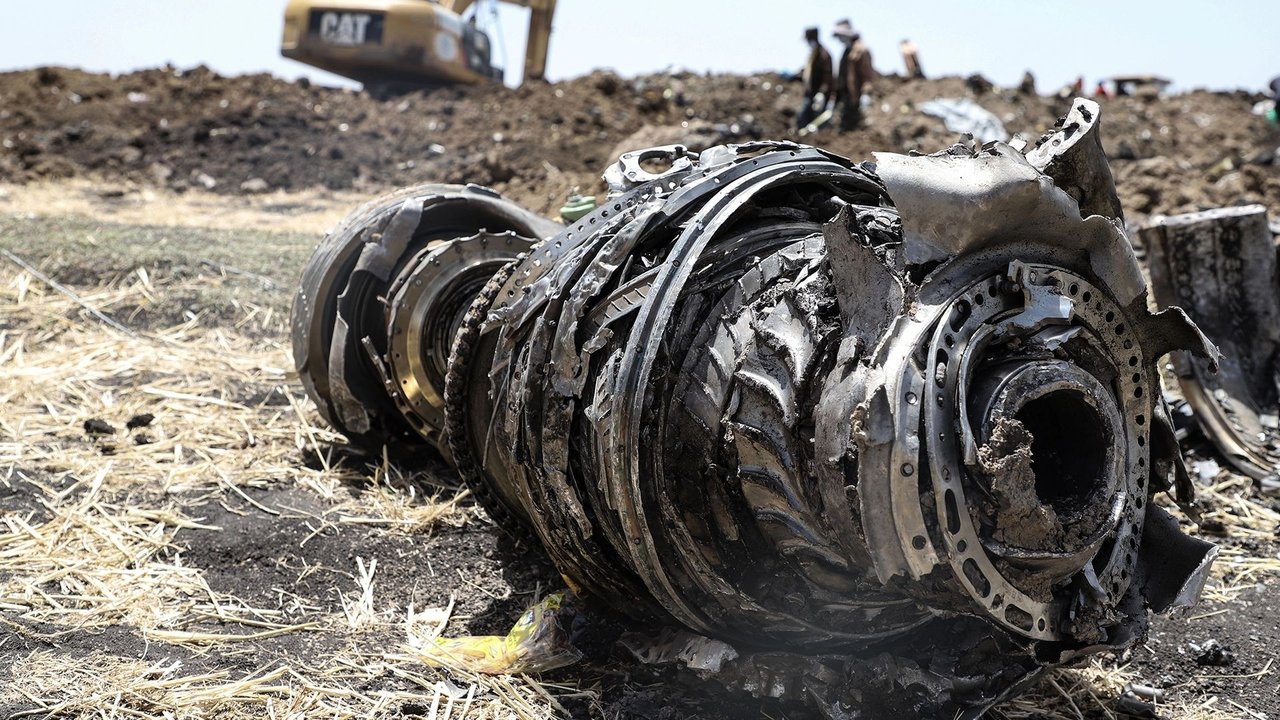«- Back
Where to watch "Disasters Engineered"

10. Crashing at Sea
No release date yet
The ocean is a dangerous place for travelers. In 2019, Boeing grounded all 737 models after two fatal crashes – one resulting in hundreds missing, presumably dead beneath the Javan Sea. The company’s main source of pride, now tarnished, a similar symbol of glory, Estonia’s Baltic Storm passenger ship, suffered the same fate. On a routine voyage to Stockholm, the ferry sunk, drowning over 800 passengers on board – the deadliest ship accident since the Titanic. How can vessels be designed to withstand the oceans and how can we turn the tide on all disasters at sea?

9. Power Plays
No release date yet
With over 7 billion people on the planet, finding a sustainable way to power our lives is one of the biggest challenges facing humanity. Nuclear energy, with its destructive potential, has always been a controversial source – so when Three Mile Island’s plant in Pennsylvania nearly exploded, the industry faced an existential disaster. Across the world, Russia’s Sayano-Shushenskaya hydroelectric dam was built to generate ‘clean energy’ for the nation, but in 2009, a catastrophic accident at the site killed 72 people. What is the dark side to ‘clean energy’ and how can we build a greener future from the tragic lessons of the past?

8. Flawed Foundations
No release date yet
Unstable physical foundations can destabilize entire societies, none more so than in Haiti. In 2010 it suffered a major earthquake, killing 250,000 and displacing 5 million. In such an impoverished nation – was there anything that could be done to stop the bedrock of society from going under? Across the gulf in wealthy America, New Orleans’ Hard Rock Hotel collapsed with two dead bodies trapped inside. How can engineers ensure that people come before profits and how can we build stable communities despite the violent forces of nature?

7. Contaminated Waters
No release date yet
All living things need water to survive but the earth’s supplies are in crisis. In March 1989, eleven million gallons of crude oil devastated Alaska’s coastline – killing off bird and sea life in its quake. Across the states, in Michigan, an entire city’s water supply is poisoning thousands of people – all for the sake of a cost-cutting exercise. In a world where countries will soon be going to war over water, what can we do to ensure engineers build a future that protects our limited supplies, rather than destroys them?

6. Take-Off to Tragedy
No release date yet
Every year around 40 million flights take off and land across the world and with so many lives at stake – there’s a small margin for error. Air France 447’s highly automated design was thought to make flights safer but contributed to the deaths of all on board. NASA’s orbiting Skylabs was engineered to go up into space unmanned, but couldn’t make it back down. Where does the balance lie between man and machine? And in an ever more automated world, is the rise of AI making the future safer or more dangerous?

5. Unnatural Causes
No release date yet
Across history, humanity has tried to build structures that defy the forces of nature – sometimes leading to catastrophic disasters. The 2011 Fukushima nuclear meltdown hit Japan in the wake of a tsunami, creating a crisis on a par with Chernobyl. Just a few months later, a lightning strike affected signalling on a bullet train in Wenzhou, China, leading to a catastrophic collision and over 40 dead. Can we blame nature for these tragedies and how can engineers prepare for an ever more volatile climate?

4. Beneath the Surface
No release date yet
Nothing can stop an earthquake and whilst the ground may feel solid, below our feet the earth is shifting constantly – sometimes violently. In 1994, a 6.4 magnitude earthquake hit San Francisco, flattening much of the city and hospitalizing thousands. In 2010, a mine in Chile collapsed following a seismic shock, trapping 33 miners underground for 70 days. Whether it’s above or below the earth, how are high-risk constructions still being built that cannot withstand earthquakes? And how can we shockproof the future for millions of people that call deadly fault lines their home?

3. Extreme Pressure
No release date yet
Our drive to explore has brought us closer to hostile environments and deadly levels of pressure. On 3rd February 2003, the Columbia Space Shuttle radioed Earth reporting an issue with their gauges. Within the hour, all on board were dead. 15 years earlier, Piper Alpha Oil Rig reported a gas pipe ruptured. What resulted, was one of the biggest fireball disasters in drilling history. How can we exist safely in places of extreme physical pressure? And how can we withstand the even greater pressure, of operating in the unknown?

2. Construction Catastrophe
No release date yet
A towering inferno that killed 72 residents and became Britain’s deadliest fire. The pedestrian bridge that collapsed in Florida over eight lanes of traffic, killing six people. We take modest engineering masterpieces, like the homes we live in and the bridges we walk across, for granted. So when disaster strikes, it sends shockwaves throughout society. How can fatal design flaws happen in such important constructions and what lessons can we learn from these tragedies to build a safer world?

1. Fearsome Flights
No release date yet
Our quest to conquer the skies has led to some of our greatest achievements. But engineering errors and human mistakes have caused tragic disasters along the way. In 1935, the USS Macon was the military’s superweapon and the most expensive aircraft ever built, so how did it end up at the bottom of the Pacific Ocean? The VSS Enterprise was a multi-million dollar spaceship that was set to make dreams of civilian space travel a reality – until it crashed fatally into the Mojave desert.


























